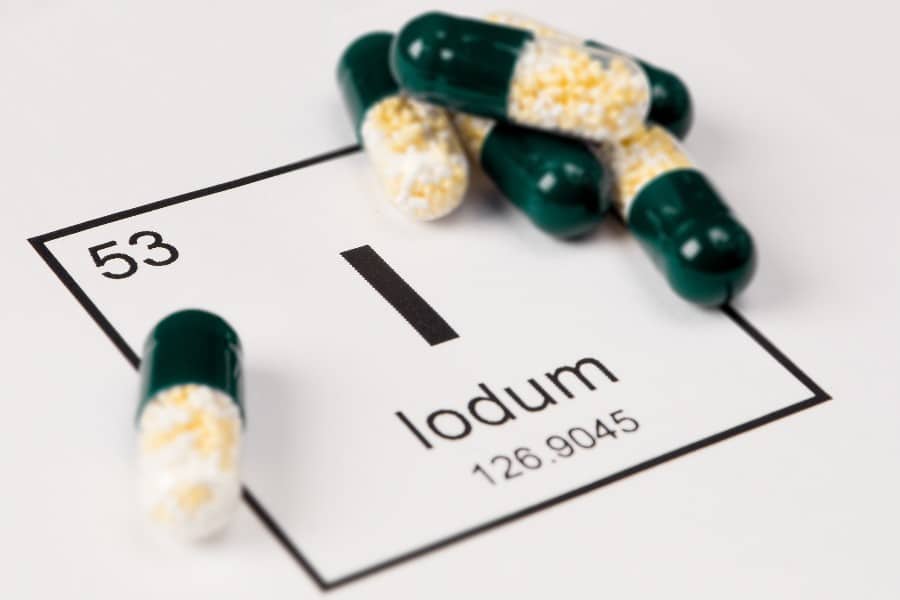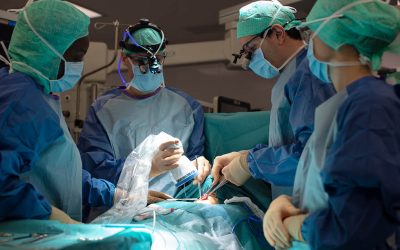Some medical treatments require following a low iodine diet. Although it might seem difficult to do, following this type of diet is essential to the success of these treatments. With a little imagination, it will still be possible to keep the pleasure of eating good food. Focus on the low iodine diet and some of its recipes.
What is a low iodine diet?
When to start a low iodine diet?
While a high in iodine diet is sometimes required to cure hypothyroidism, according to some experts, a low-iodine diet is helpful to treat hyperthyroidism. The diet low in iodine often serves as a buffer solution when hyperthyroidism is suspected. This type of diet is also followed by patients that need to get prepared for specific medical procedures which goal is to identify a specific thyroid disorder.
Indeed, a diet low in iodine is the first step before a treatment with radioactive iodine. It is also followed before a scintigraphy which uses radioactive iodine as a contrast. The more the thyroid is deficient in iodine, the more it will be receptive to radioactive iodine, and therefore the better the results will be.
The doctors recommend that a diet low in iodine begins 14 days before the health check or the radioactive iodine therapy.
How does a low iodine diet work?
The iodine-free diet, not to be confused with the salt-free diet, is a diet low in iodine. It consists of consuming only foods low in iodine in order to create a deficiency in iodine. The Montréal teaching hospital and Thyroid Cancer Canada recommend to focus on the consumption of some specific foods.
What foods to eat ?
Foods to eat during a low iodine diet are:
- Non-iodized salt or herbs that contain no additives;
- Unprepared meats;
- Natural fruits (avoid maraschino cherries);
- Natural vegetables (except for frozen peas);
- Natural cereals (except for breakfast preparation containing for additives or coloring);
- Vegetable oils;
- Dairy-free tea and coffee;
- Vegetal milks (except soy milk).
What foods are prohibited ?
Foods that are prohibited when following a low iodine diet are all foods that are naturally rich in iodine. The main ones are:
- Iodized salt and foods using iodized salt;
- Milk and dairy products;
- Milk-derived products (yogurt, butter, cheese, cream, etc.);
- Egg yolks (the white can be eaten);
- Fish and seafood;
- Foods containing seaweed;
- Canned meats and prepared meats;
- Milk chocolate (dark chocolate can be consumed);
- Soy and its derivatives (tofu, milk, flour, etc.);
- Molasses and brown sugar;
- Prepared or frozen products containing iodine
How to keep having good food during a low iodine diet?
General tips
Cancer thyroid Canada explains to us that a low iodine diet is often confused with a no-salt diet. However, in the West, people are used to this flavor. Therefore, it is important to turn to salt without iodine or better, to remember that the World Health Organization (WHO) recommends a salt consumption of less than 5 g per adult per day. The use of aromatic herbs is also an interesting alternative to compensate for the supposed lack of taste in low iodine foods.
In order not to spend your time reading all the labels, the best thing is to cook your own natural food that contains no additives. All classic recipes adapt to this diet by replacing the prohibited ingredients with their low-iodine alternatives.
In order to bring some art to your plate, using lots of fruits and vegetables can give some pretty color. This also allows for mixtures of more or less original textures. Your cuisine can therefore taste much better.
Some recipes
Many recipes are available to help you follow a low iodine diet. Here is an example of a menu that you can cook for the holidays :
- Arugula, strawberry and red onion salad or carrot, red pepper and red lentil soup
- Duck à l’orange or beef casserole
- Chocolate and orange Christmas yule log or poached pear in orange tea
What are additional iodine restriction measures?
Apart from foods, some health products as well as some additives do also contain iodine. Hence, as part of a low in iodine diet, certain products should be avoided:
- iso-Betadine;
- Erythrosine;
- red, orange and brown colorants (except allura red);
- multivitamins containing iodine
Good to know
The low iodine diet makes iodine-131 treatment more effective.
Low iodine diet does not mean a low salt diet.
With a good choice of foods, the low-iodine diet can stay greedy, with spices and colors.
Although it can be essential before some health checks or treatments, the low iodine diet can cause fears. However, many foods are still allowed, which can make you adapt this diet to the majority of classic recipes. Eating low in iodine foods does not necessarily mean eating untasty food.




